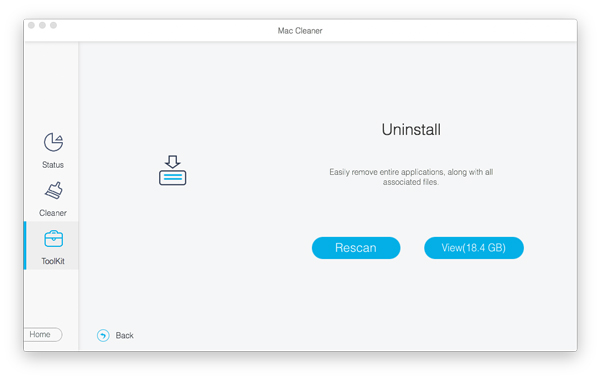


If you think that any of the examples from this list has also been introduced to your browser, follow the respective link and you will be taken to an article and a removal guide written specifically for that unwanted software where you can find out more about it and learn how to uninstall it from your Mac. Here is a list of the most common examples of software related to the Bing redirect virus: It may get installed with their help on your Mac or, conversely, it may bring those other hijackers/rogue apps into your browser without asking for permission. Here, we should also note that the Bing redirect virus could be related to other similar unwanted apps and browser hijackers. If that is the case, you must make it a top priority to find and delete the hijacker in order to avoid more serious problems on your Mac. If this is happening on your Mac, then you are most definitely dealing with a browser hijacker of the Bing redirect virus type. What’s not fine is if you are typically using another search engine by default and you constantly get redirected to Bing every time you try to perform an online search. In other words, using Bing to conduct online searches is perfectly fine. Google and Yahoo have also been used in similar schemes in the past but it is important to understand that the search engine itself is not responsible for the unwanted changes in your browser and is only used as a front for the hacker’s scheme that involves infecting your browser with a browser hijacker.

Hackers and online scammers often use legitimate and popular search engines to make money by forcing the user’s browsers to redirect their traffic to those search engines. Luckily our team has prepared a guide on how to get rid of Bing Redirect Virus on mac. Browser hijackers, including Bing Redirect Virus, can be really annoying, especially when they bombard you with annoying ads and pop-ups.


 0 kommentar(er)
0 kommentar(er)
